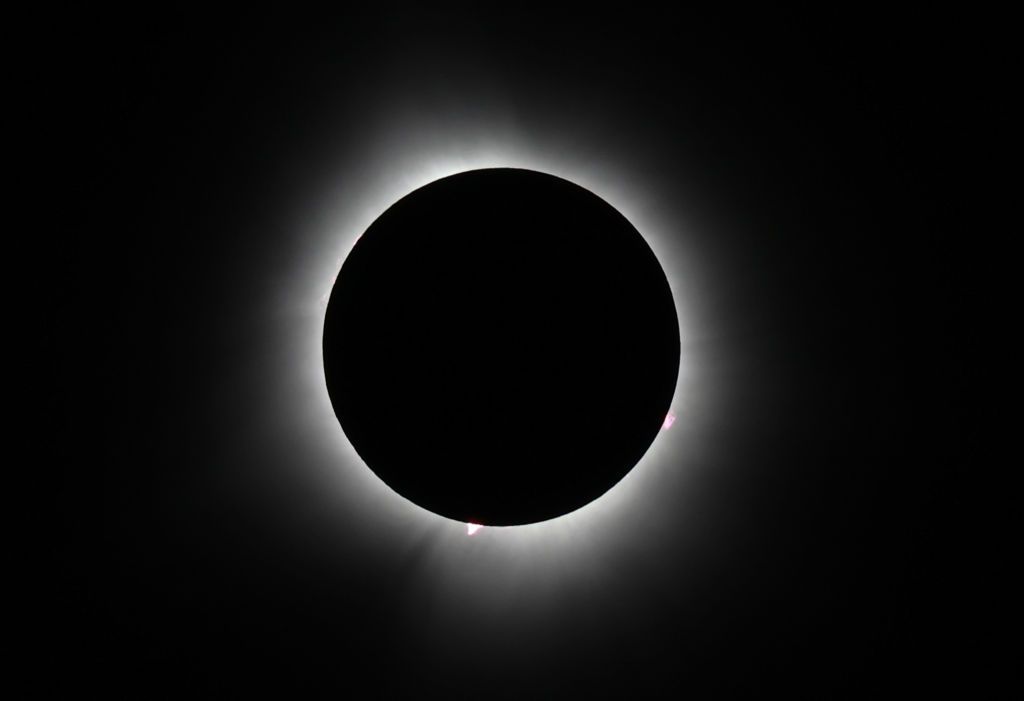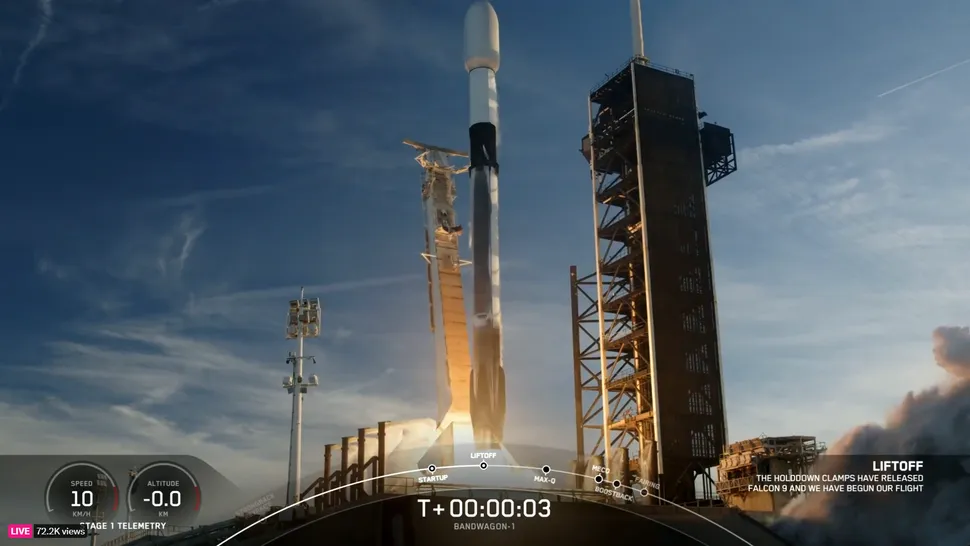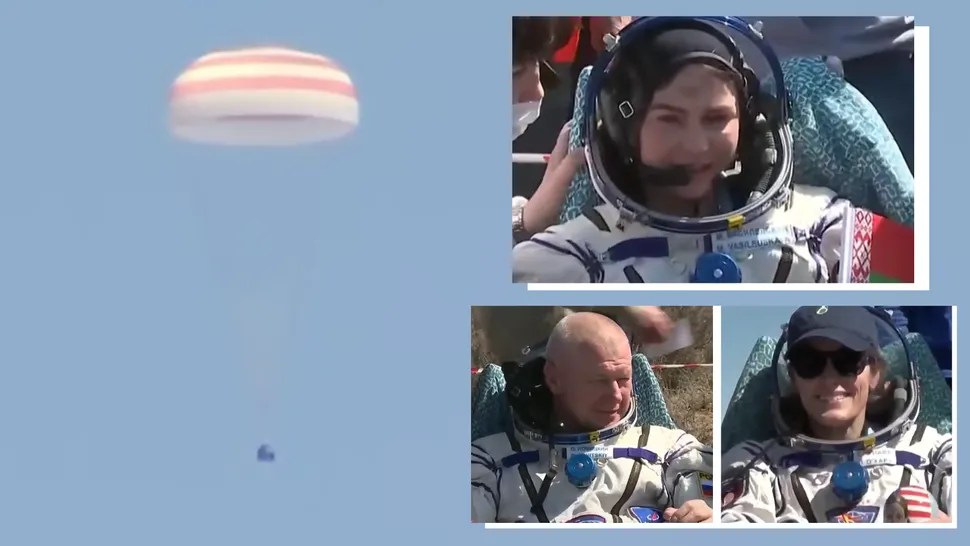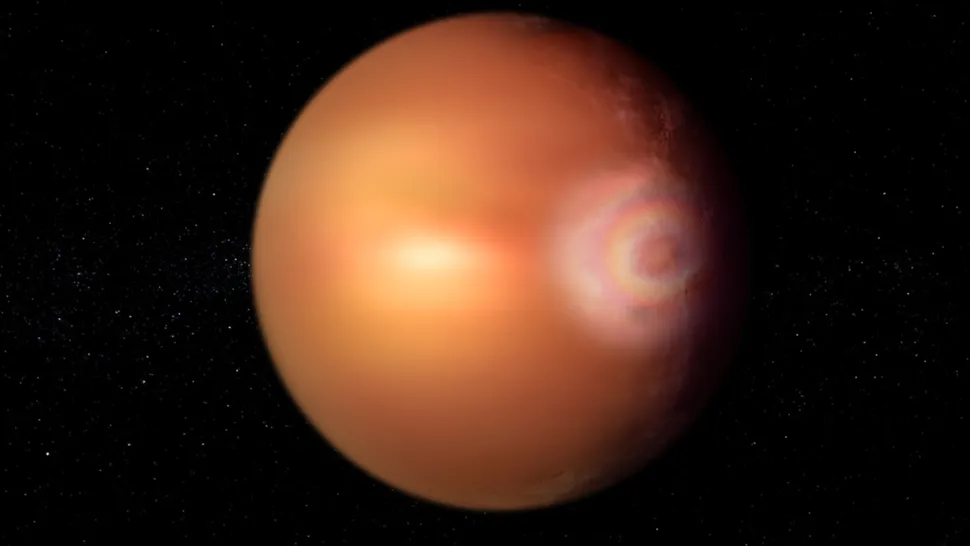Ghana Space News
The era of Delta Heavy IV is coming to an end. For the last 64 years, United Launch Alliance‘s (ULA’s) heavy-lift rocket has led an impressive career lofting large payloads into space. However, the rocket is scheduled to lift off one last time when it launches from Space Launch...
The moon turned daytime skies dark as it swept across North America in a total solar eclipse Monday (April 8), thrilling tens of millions of skywatchers who had their eyes glued to the skies. All of North America and Central America experienced a partial solar eclipse, but only those located within...
The White House has tasked NASA with creating a new time zone for the moon by the end of 2026, as part of the United States’ broader goal to establish international norms in space. The direction to set up a lunar time zone comes amid growing global interest for humanity to establish a...
SpaceX launched 11 satellites on its first-ever Bandwagon-1 class rideshare mission from Florida tonight (April 7) and aced an evening rocket landing just minutes later. A Falcon 9 rocket lifted off from NASA’s Kennedy Space Center (KSC) tonight at 7:16 p.m. EDT (2316 GMT), kicking off the...
Today (April 8), a total solar eclipse will plunge parts of 15 U.S. states into sudden darkness as the moon’s enormous shadow sweeps across the continent. Crossing northeast from Mexico to Canada over the course of several hours, the April 8 total solar eclipse will be visible to an estimated...
MSTelecom, a leading telecommunications service provider in Angola, and the Angola National Space Programme Management Office (GGPEN) have signed a significant Memorandum of Understanding (MoU) to collaborate on delivering high-speed broadband connectivity across Angola. Dr Zolana Joao, General...
The first female Belarusian in space, alongside a NASA astronaut and a Russian cosmonaut, came back to Earth early this morning (April 6). A Rusian Soyuz spacecraft carrying NASA astronaut Loral O’Hara, Roscosmos cosmonaut Oleg Novitskiy, and spaceflight participant Marina Vasilevskaya of...
There are many words that could be used to describe WASP-76b — hellish, scorching, turbulent, chaotic, and even violent. This is a planet outside the solar system that sits so close to its star it gets hot enough to vaporize lead. So, as you can imagine, until now, “glorious”...
The third day of the 2024 NewSpace Africa Conference built on the success of the previous days to continue high-level discussions highlighting the experiences and uptake of space innovation, technologies, and applications among different stakeholders. Status Updates on African Space Agencies’...






